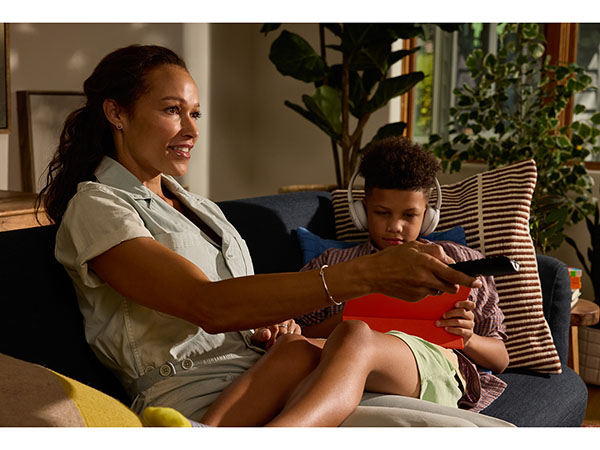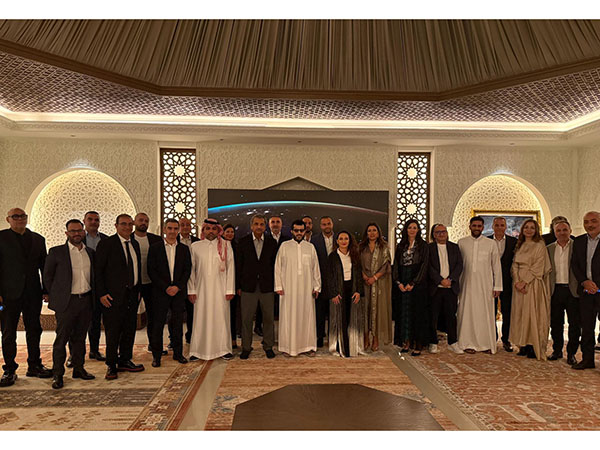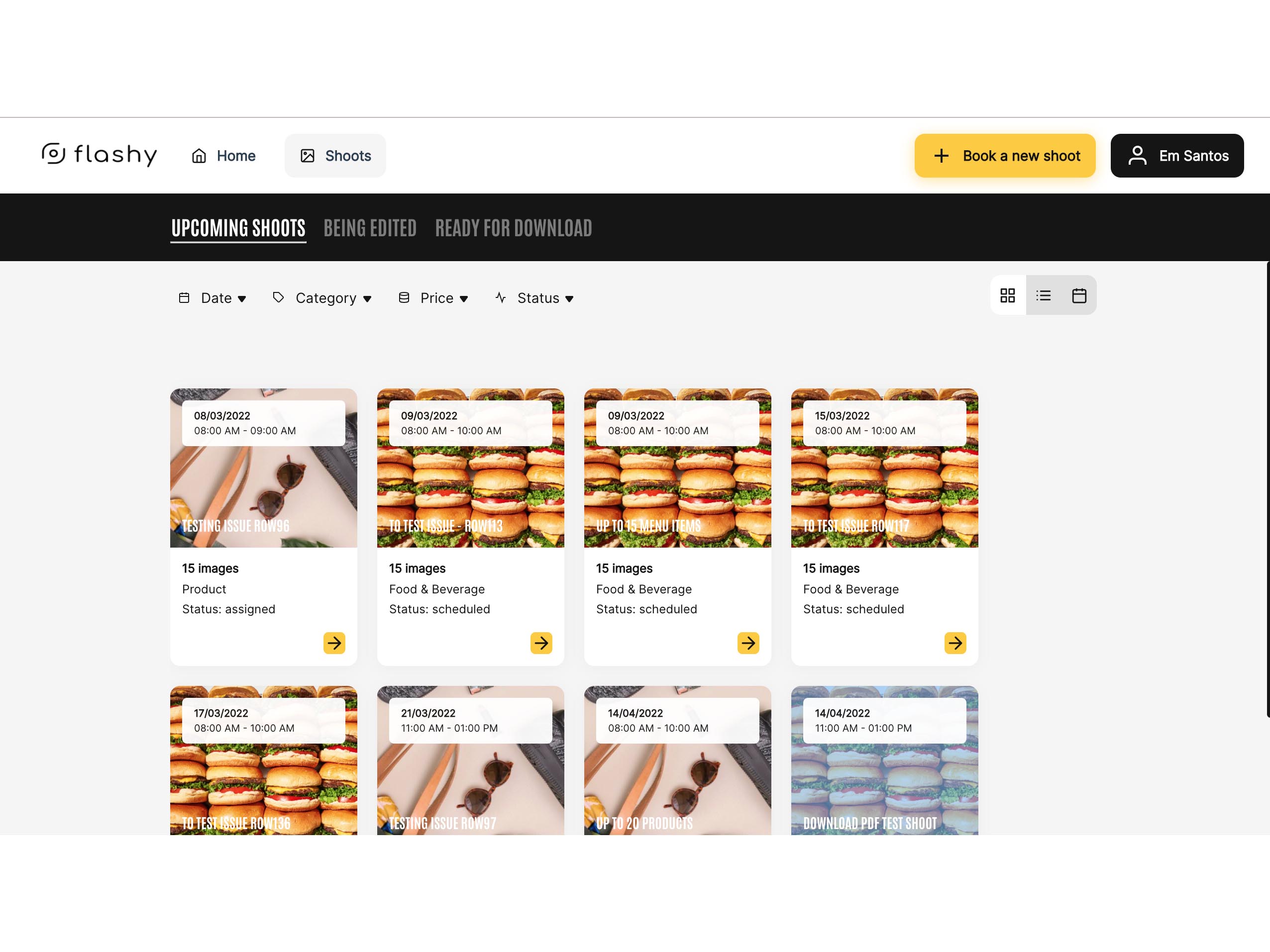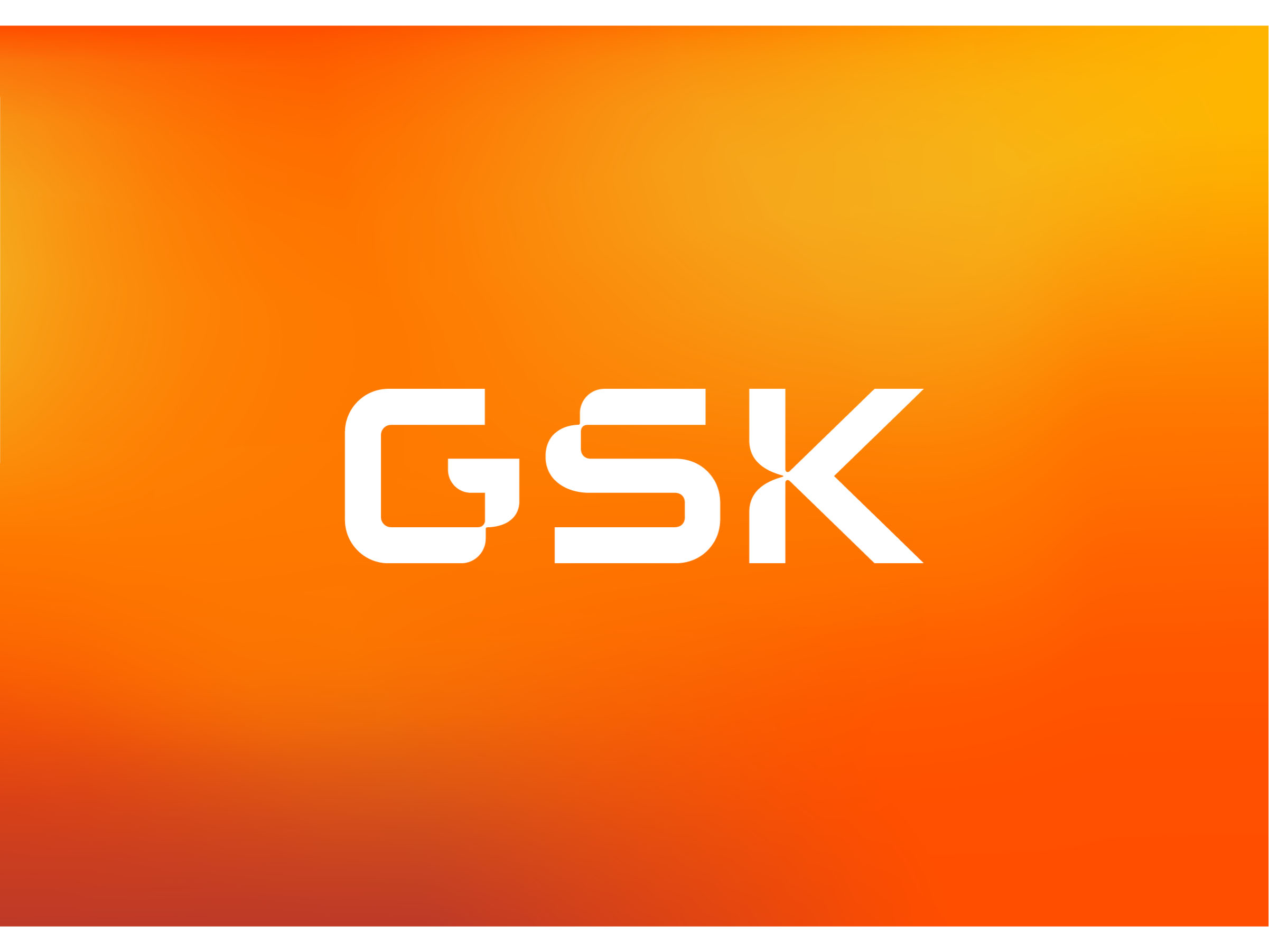News - News In Brief
New research finds omnichannel advertising outperforms traditional multichannel
by ArabAd's staff
March 6, 2025

An interesting study by global advertising technology company The Trade Desk, in partnership with PA Consulting and Brainsights, has revealed the real power of omnichannel advertising.
The study aimed to explore consumer engagement with omnichannel campaigns, compared to disconnected ones, and the opportunities these present to brands.
The Trade Desk survey found that omnichannel campaigns, which integrate multiple channels outperform disconnected ones, boosting both audience engagement and brand relevance, leading to a 1.4x increase in attention to ads, but also more likely to persuade (1.5x) and create affinity (1.9x brand connection).
The research also evidenced that omnichannel campaigns - that include Connected TV (CTV), audio, digital-out-of-home (DOOH) and display - are less fatiguing for audiences with 2.2x less cognitive load.
This shows how integrating multiple channels in an omnichannel strategy not only improves performance for marketers but also creates a more seamless and engaging experience for the consumer.
- Omnichannel campaigns were found to be 1.5x more persuasive and 2.2x less fatiguing than disconnected campaigns
Omnichannel campaigns outperformed disconnected campaigns across all metrics measured. They gleaned 1.4x attention, 1.9x emotional connection and 1.2x the long-term memory encoding. What this means is that omnichannel campaigns delivered better recall (immersion), brand salience (attention), brand association (long-term memory) and intent (connection), whilst also delivering a better consumer experience.
- Consumers move through eight distinct media engagement spaces daily
Omnichannel advertising is inherently audience-first, but success depends on understanding how and when people engage with media. The research identified eight key media engagement spaces which audiences go through in a day, like "Keep me company," "Help me decide," and "Get me in the zone" – spaces that shape daily consumption patterns.
The research uncovered the mindsets and moments that drive audiences to engage with different types of media within those spaces, helping to determine not only the right channel to reach audiences on, but also the best advertising message for each space. Critically, this research showed that media consumption isn’t random – there are predictable patterns tied to people’s daily routines and psychological states.
- Each channel plays a specific role, but their effectiveness multiplies when connected
Each channel serves a specific purpose, acting as a touchpoint for the audience and is particularly skilled at delivering on a specific KPI. However, the alchemy that occurs when channels are connected in an omnichannel way supercharges them far beyond how they perform in a silo.
Connected TV (CTV) is most effective for building emotional connection. In an omnichannel strategy, it captures higher attention and is less fatiguing than when exposed in a disconnected way.
Audio reaches audiences in exclusive moments when no other channel can. In an omnichannel context it delivers even higher recall and stronger emotional connection, therefore reducing audience fatigue.
Digital-out-of-home (DOOH) embeds brand associations into long-term memory. In an omnichannel strategy, it serves as a strong primer for other channels. Display and online video saw the greatest performance boost when connected in an omnichannel strategy, with 4.7x the attention, 5.8x the emotional connection and 3.3x greater memory encoding.
The research is designed to help advertisers understand the role that each channel can play within a media plan, and how their effectiveness is amplified in an omnichannel strategy.
For marketers early in this journey, these insights can help optimise channel sequencing and messaging. The first step to execute omnichannel campaigns is to tap into quality data sources to gain insights into audiences, their media consumption habits and timing. Accessing and activating this data serves as the foundation for a successful omnichannel campaign.
Understanding how audiences move through different media engagement spaces and leveraging the unique strengths of each channel in an omnichannel campaign reduces consumer fatigue and effectively enhances both brand attention and emotional connection. The consumer insights from this research have shown that omnichannel campaigns are an important future tool for brands to stay relevant in an increasingly fragmented media landscape.
Methodology
The research was carried out using a number of approaches:
Dynamic Demand Space Segmentation
Figures based on a 20-minute quantitative survey conducted by PA Consulting. Fieldwork was undertaken between January and May 2024 amongst 6,000 people across the US, UK and Germany.
Ethnographic Media Diary
A five-day remote qualitative diary used to capture in-the-moment interactions with media channels throughout the day with 30 people across the US, UK and Germany.
Experimental Neuro Testing
Controlled tests with 78 people across the US and UK to explore the neurological response to omnichannel campaigns vs higher single-channel frequency campaigns to show impact on attention, memory encoding and fatigue.
|
Channel |
Impact on the user |
|
Connected TV |
1.4x greater attention |
|
Audio |
1.9x immersion |
|
DOOH |
Strongest memory encoding |
|
Display and Online Video |
5.8x greater connection |










